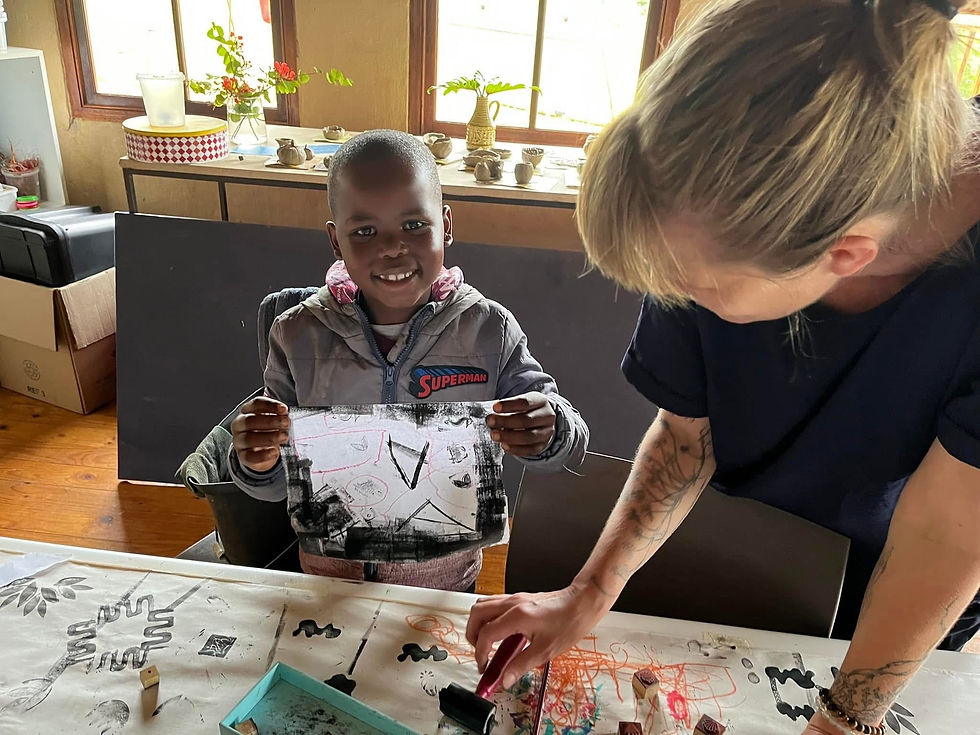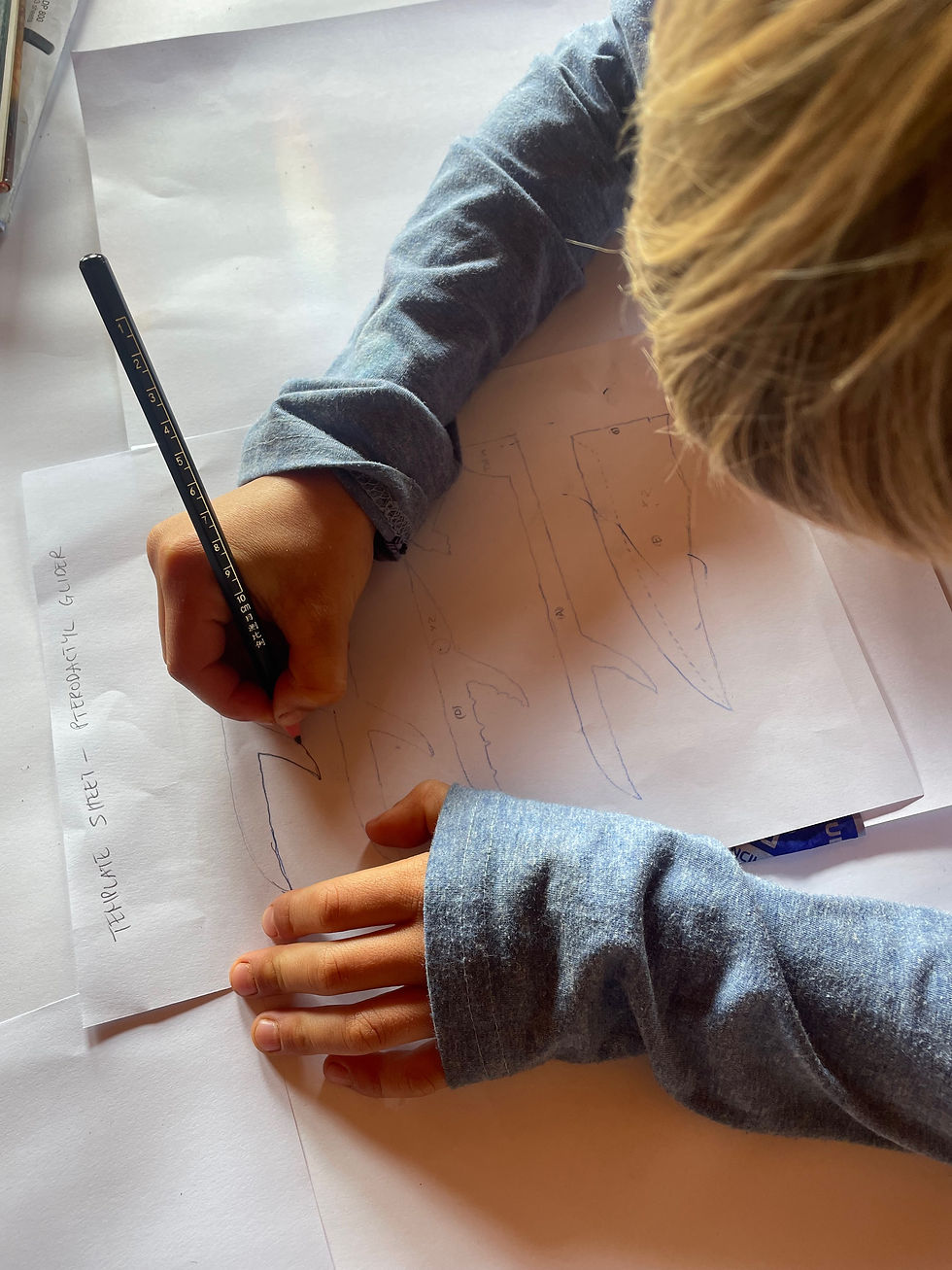Mapping Phase

I like to make maps — not just on paper, but in my head. I know which stick bridge makes a creaking sound when you cross it, and which rock by the stream is shaped like a sleeping dog.
I know where the tadpoles hide, and which trees you can climb to see all the way to the far field where the cows graze. I know where my friends like to sit when they’re thinking, and which grown-ups to find when I have a question that feels too big to carry alone.
Sometimes I draw my maps — with rivers that turn into dragons, or mountain paths that lead to hidden stories. When we read together, I find new names for the places I already know. When I write, the words are like trails that help me remember the way back to the worlds inside my mind.
Learning feels like exploring — we follow clues, test ideas, build things, tell stories, and then change them when we discover something new. There’s always more to find out, and I like that the grown-ups here don’t rush the adventure. They help us notice what we’re seeing, and ask the kinds of questions that make us want to look closer.

Between six and nine, children begin to map their worlds — both outer and inner. They notice patterns, build connections, and begin to understand relationships of cause and effect. Play and story continue to anchor learning, now enriched by emerging literacy, numeracy, and the first stirrings of abstract thought.
In this phase, imagination remains central, not as a retreat from reality but as a way of making sense of it. Facilitators in the Mapping Phase walk beside the children as co-explorers. They listen for the questions beneath the questions, offer materials and invitations that expand inquiry, and hold a steady rhythm that allows focus to grow without constriction. Reading and writing often arise naturally here — from a wish to record discoveries, create instructions for a game, or send a note to a friend. The joy of communication becomes the doorway to formal learning.
Socially and emotionally, this is a time of mapping too: discovering friendship, fairness, and difference; learning how to work together, to disagree and repair, to take responsibility. The environment — fields, forests, workshops, and shared spaces — becomes a living classroom where these lessons unfold through experience.
The Mapping Phase is where the child’s sense of place deepens: in the landscape, in the group, and within themselves. It is where the wide world begins to take shape — and the stories they tell about it become the first lines on their own unfolding map.





